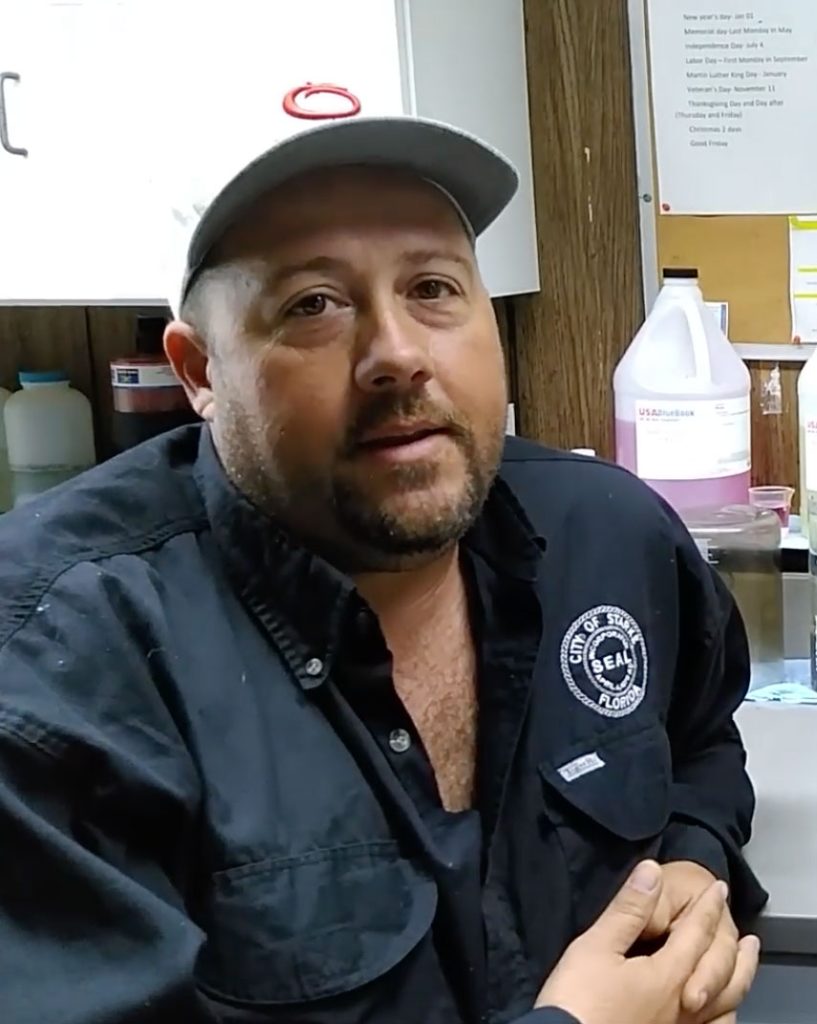Cutting sludge without cutting corners
An eight-month Biofermentation® trial showed significant reductions in solids, polymer use and energy consumption, improving plant efficiency without capital investment.
- UK
- Municipal
- Sludge Reduction
Challenge
Solution
Outcome
The plant saw a sharp reduction in solids and a noticeable improvement in effluent quality, all while cutting operational costs.
44%
less solids produced
27%
decrease in electricity usage
143%
suspended solids throughput
Learn more about ABS Consulting Services
On-site support from our experts to help fine-tune processes, troubleshoot issues, and implement improvements with minimal disruption.
Details

“On average, ABS has cut our hauling by 70%.“
Kyle Jerrels
Superintendent, City of Starke FL, USA
Impact on effluent and biomass
Sludge and cost savings
One of the clearest benefits was a 44% reduction in secondary solids using normalised data — achieved without optimising the plant’s operation. In addition to reducing solids sent for disposal, the programme also cut polymer use by 40%, electricity by 27%, and sludge exports by 22%.
With these operational savings and no need for capital upgrades, the programme demonstrated the potential to be revenue positive. Results also aligned with similar demonstrations in the US, where solids reductions regularly exceed 60%.
Long-term potential